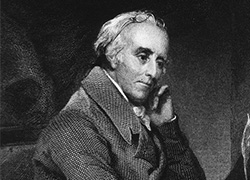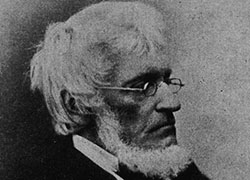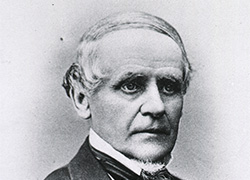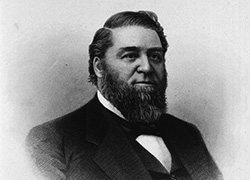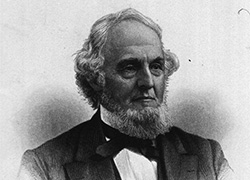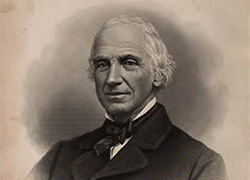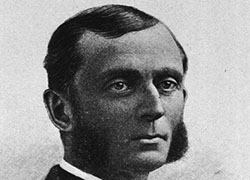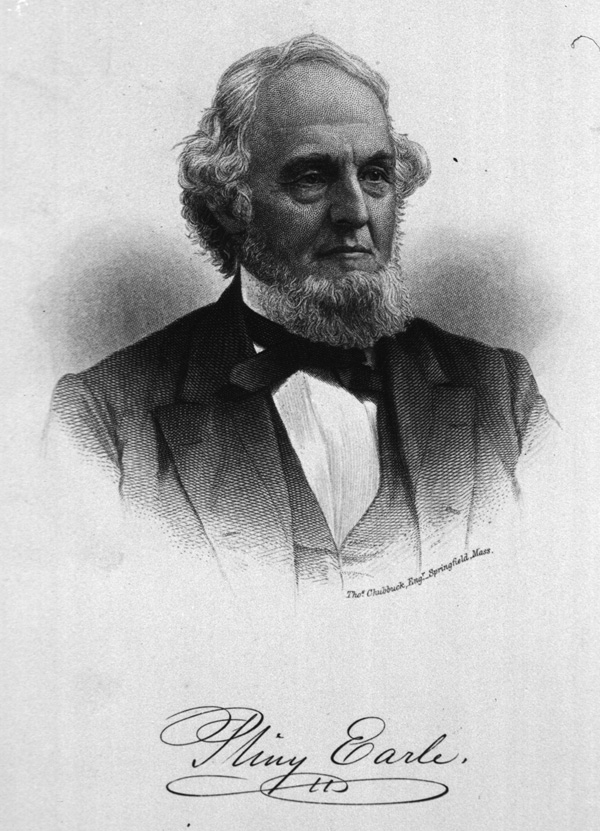Biography: Pliny Earle
Pliny Earle, M.D. (1809–1892): Hospital Statistics
Pliny Earle provided a major influence in challenging the “curability” rates of mid-19th-century mental hospitals. At the time, the small public and private mental hospitals (most had 300 beds or fewer) were posting hospital cures of their patients as high as 90%. Admission to the hospital virtually guaranteed cure of the illness.
Earle began to question the statistics which were published regularly in The AJI. He pointed out the lack of uniform standards of diagnosis and classification and the negligent manner of counting readmissions. In 1877, he published an important work on the topic, The Curability of Insanity (Utica, N.Y.).
Earle, a Massachusetts native, graduated from the University of Pennsylvania Medical School in 1837 and studied in Europe for a year. He served on the staff of the Friends Hospital in Philadelphia and in 1844 became Superintendent of The Bloomingdale Hospital in New York until 1849. In 1864, he became Superintendent of the Northampton (Mass.) State Hospital, where he remained for 22 years and where his interest in hospital cure rates was roused.
Earle enjoyed visiting hospitals abroad. In 1839, he published a report, Visits to Thirteen Asylums for the Insane in Europe, mainly covering Great Britain and France. In 1851, he visited an asylum in Havana, Cuba, and in 1854, he published another report entitled, Institutions for the Insane in Prussia, Austria, and Germany.
He was President of the Superintendents’ Association from 1884 to 1885 and also active in the AMA and The New York Academy of Medicine.


